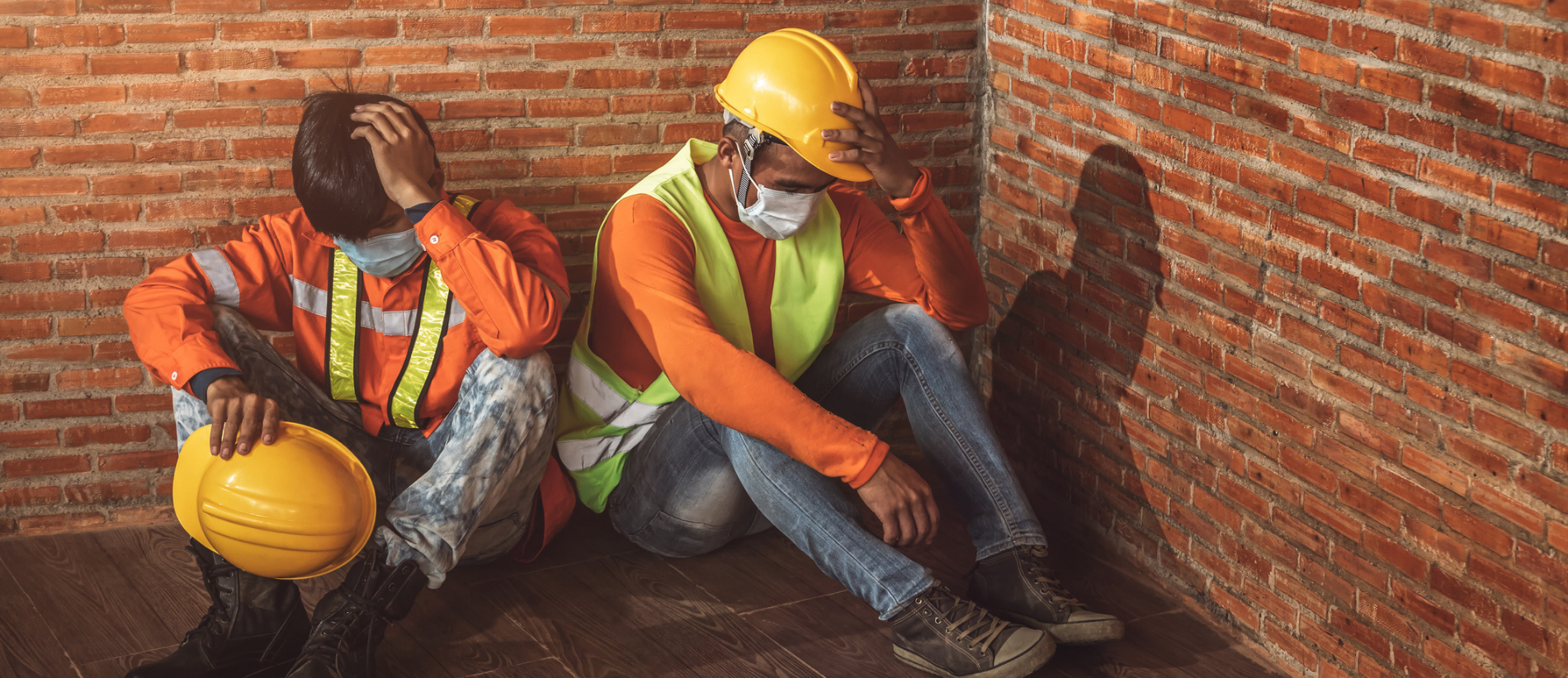As lockdown measures are eased and many businesses begin to return to work, employers need to prepare for potential liability claims related to COVID-19.
Even companies following government advice when adjusting work processes to protect employees from contracting COVID-19 may face liability claims for breach of duty and exposing staff unnecessarily and negligently to the disease.
Businesses in sectors that operate under conditions that require physical contact between individuals such as supermarkets, delivery drivers, construction/building sector or food manufacturers are particularly at risk of such claims.
Just recently, nearly 100 workers at two factories which supply food to hospitals, shops and restaurants have tested positive (opens a new window) for coronavirus in the UK. Such cases are likely to happen more often as more businesses restart operations.
In the addition to the risk of liability claims as direct result of contracting COVID19, employers must also be alive to the additional risk of secondary claims as an indirect consequence of the pandemic such as:
stress
muscular-skeletal conditions and RSI due to working from home without the correct equipment/support
vicarious liability and Inter-employee infections
occupational respiratory conditions due to lack of correct PPE being available
Breach of Duty
It is likely that negligence claims will be pursued for not ensuring social distancing was adhered to, not providing personal protective equipment (PPE) or enforcing its use, not training staff on how to properly use PPE and not thoroughly assessing risks associated with the task.
In the UK, the common law breach of duty applies to both direct exposure and indirect secondary claims from COVID-19. To improve claims defensibility employers should:
follow specific guidance set out by the UK government and the Health and Safety Executive (HSE) for their sector
carry out early and thorough investigations into any reports of COVID-19
ensure key documents are retained, not least because injured parties have three years to bring a claim and key employees may have moved on
thoroughly risk assess all decisions and share with employees any resulting risk assessments so they are aware of the ever changing requirements now associated with their role
consider health surveillance measures and identify vulnerable employees taking a bespoke approach where necessary
appropriately deal with any Reporting of Injuries, Diseases and Dangerous Occurrences Regulations (RIDDOR) reportable instances of COVID-19
Thorough and well documented precautions taken in line with relevant up to date government guidance will undoubtedly be the best defence against any claims made. It will also serve to ensure the risk of HSE enforcement action is kept to a minimum.
Causation
Many employers will be of the opinion that COVID-19 causation will be impossible to prove and therefore even if they are found to have breached their duty of care, they will not be held liable.
Ordinarily in an occupational disease claim, the claimant must prove on the balance of probabilities that an employer’s breach of duty caused the claimant’s disease, or that it materially contributed to it (this is known as the ‘but for’ test). However, caution is urged in assuming that this test will be strictly applied to COVID-19 claims.
One area in which the court has been willing to depart from ‘but for’ causation relates to mesothelioma claims, in which the rule is relaxed to allow claimants to succeed where they are able to evidence that the employer’s breach has led to a ‘material increase in risk’ of the victim contracting the disease. This is because Mesothelioma can be caused by a single asbestos fibre and it is therefore not possible to evidence which of a number of exposures to asbestos caused the disease.
Assuming that COVID-19 is an indivisible disease in terms of causation (there is no known threshold of virus exposure below which COVID-19 cannot occur) then there may be some argument that COVID-19 claims should be treated in a similar manner. It is likely claimants will also pursue claims relating to employers who it is alleged have materially increased the risk of their employees contracting COVID-19 through their negligent actions. Ultimately, until cases begin to be heard employers should not make any assumptions that causation in COVID-19 claims is an insurmountable obstacle for claimants.
Regardless of the issues relating to causation, in order to succeed a claimant will need to establish negligence on the part of the employer and prove that they had contracted COVID-19 through medical evidence. Prevention being better that the cure, businesses are therefore advised to thoroughly review their procedures and implement appropriate measures to protect their workforce taking into account their work type, vulnerability and individual requirements. This should ensure that their employees are safe carrying out their work and if a claim should unfortunately arise then they have the best possible chance of rebutting any allegation of negligence.
Lockton can provide support in considering and dealing with these challenges. If you have any questions or need our assistance please contact your Lockton representative who will be happy to assist.
For further information, please contact:
Sam Ellerton
Regional Claims Leader
Tel.: +44 (0) 121 232 4563
Disclaimer
This document is in no way intended to provide legal advice. The recipient of this note should obtain independent legal advice from a suitable practitioner as required. Lockton Companies LLP does not accept any liability with respect to reliance upon the content or accuracy of this note.


